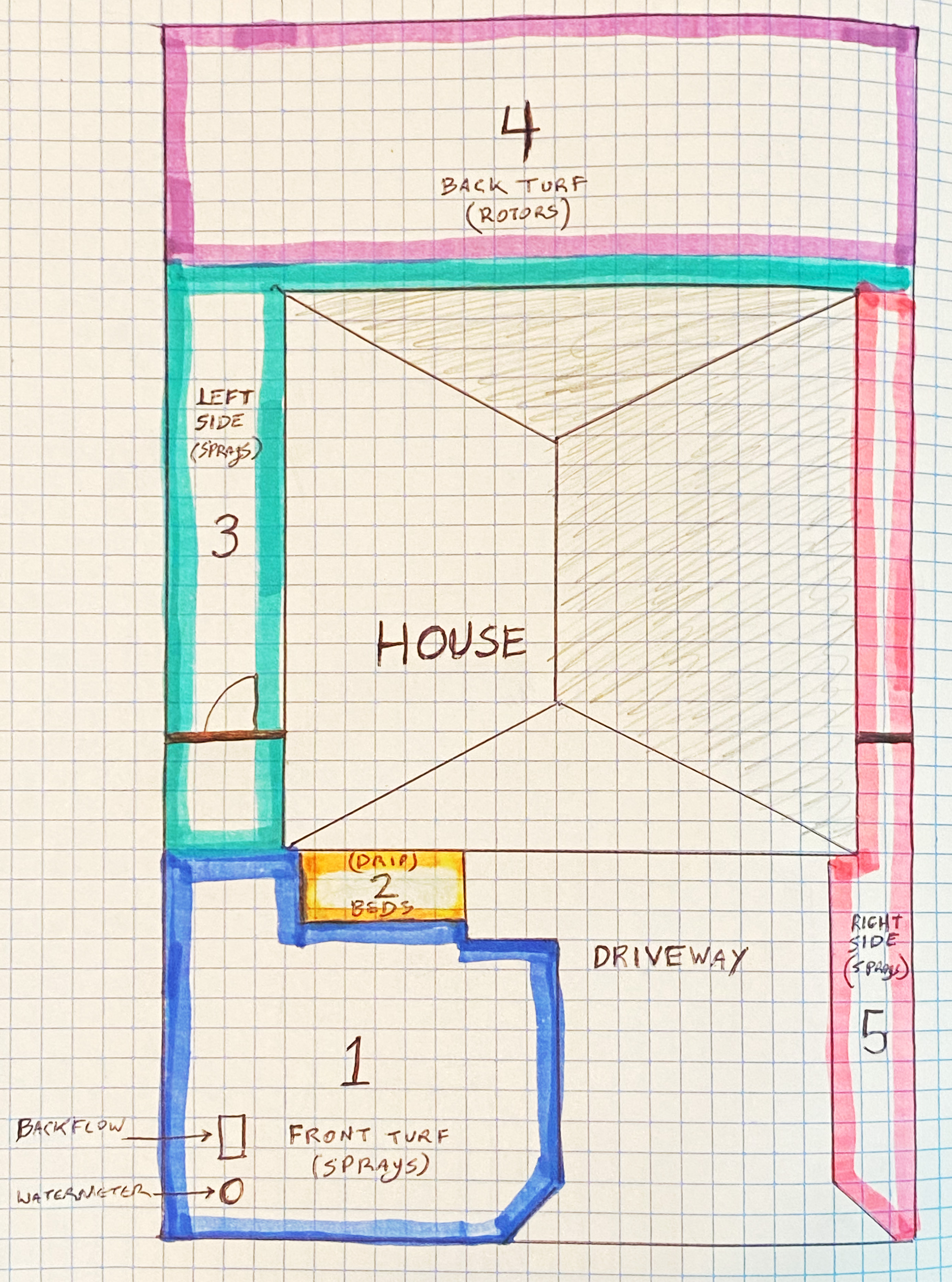Adding extra days to your irrigation system schedule won’t quench your landscape’s thirst. But it will soak your water bill.
Central and South Texas have been blessed with an unprecedented amount of rainfall recently. So much so that it increased the level of the Edward’s Aquifer enough to lift San Antonio out of Stage 2 and Stage 1 water restrictions. Of course, if we’re not careful this much-needed reprieve will be short-lived.
So, what can we do? Well, being wiser with our water usage is a great start! Now that summer is upon us, the expectation to maintain a lush green lawn — even if only perceived — can be overwhelming. To such an extent that if we see our yard wilt even the slightest, we quickly rush out to our irrigation controllers and add an extra day (or two) to the watering schedule.
But what most people don’t realize is that the bulk of their summer water use is actually irrigation. And, by adding extra days to the run times, you are doubling, tripling or possibly quadrupling your water bill, and wasting an unnecessary amount of water in the process.
Surely if the grass is wilting, it needs more water, right? Yes and no. The answer is a little more involved than just adding extra days to water because most people have multiple zones (also known as sections) on their irrigation system and just because one zone is a little parched doesn’t mean the others are too. For example, the grass growing in a full direct sunlight is going to need much more water than the shady flower bed along the front side of your house.
Remember, when you add extra days, you are also throwing extra water on ALL your irrigation zones, whether they need it or not. The better thing to do is to identify which zones actually need additional water and add extra minutes to those zones only.
Of course, it helps to know what zone waters what. Firstly, I recommend investing the time to learn a few basic functions of your irrigation controller. Also, create an irrigation zone map or written list of where each zone waters so you can make quick adjustments when needed.


Zone maps can be as simple or as complex as you’d like. Some people just jot down a quick list that identifies where each zone waters (Zone 1-Front Yard, etc.). Others create detailed maps of their property and sometimes indicate where each sprinkler head and valve cover is. Whichever option you prefer is fine, the goal is to help you easily recognize which zone needs a run time adjustment.
To get started, refer to your irrigation controller’s manual when learning to program and run the system (most can be found in digital format with a quick web search of the make and model followed by manual). Once you’ve figured all of this out, start up your system in manual mode and watch each zone run for a few minutes as you walk around the yard making a list of where it waters, or sketching a map of your property and the associated irrigation zones.
Periodically running your irrigation system in manual mode also allows you to check for and correct any problems like broken heads or coverage issues.
Once you’ve cycled through all the zones and finished creating your zone map or list, attach a copy on the wall next to your irrigation controller for quick reference.


